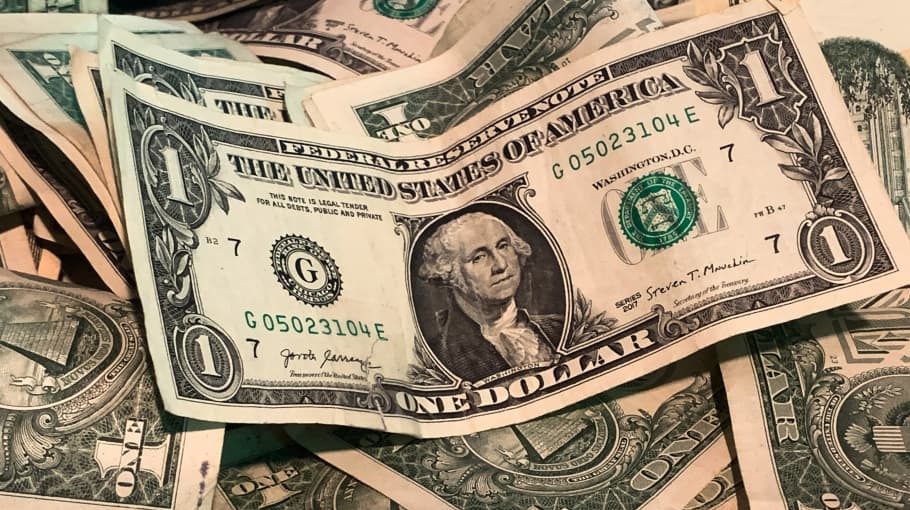Remittance keeps rising trend
Economists discern silver lining of dollar crisis

Remittance inflows have continued a rising trend bringing hope of an end to the dollar crisis.
In the first 17 days in February this year, expatriates sent around $1.05 billion after various measures to increase expatriate income in banking channels. As part of its move, on an average of around $61.86 million came every day in December.
In the same period of the previous year, expatriates sent an average of only $53.90 million every day.
However, remittance flows witnessed a good start and stood at $1.95 billion in January 2023, the first month of the New Year, up about 16 percent over that in the corresponding period of the previous month that amounted to $1.69 billion.
In January 2022, this figure was $1.70 billion.
After two consecutive months of heavy decline, the remittance returned to positive trend last November and continued the trend in December, the month of victory.
Remittance witnessed a rising trend and crossed $10 billion during the July-December period.
According to the data of Bangladesh Bank, in the first six months of the current fiscal year 2022-23, expatriates have sent about $10.42 billion.
Remittance from expatriates, one of the main sources of foreign exchange reserves, has started to increase again after various measures taken by Bangladesh Bank, including tough steps against illegal hundi money transferring business.
In January 2023, expatriates sent an average of $62.90 million every day.
In December, expatriates sent around $1.7 billion after various measures to increase expatriate income in banking channels. As part of its move, on an average of around $56.66 million came every day in December.
Last November, expatriates sent $1594.70 million. An average of $53.10 million came every day. In the previous two months, October and September, $49.20million and $51.30 million respectively came daily.
In the first two months of the current fiscal year 2022-23, in July and August, remittances came to the country in the amount of about $70 million per day.
Remittances stood at $2.09 billion in July, $2.04 billion in August, $1.54 billion in September and $1.52 billion in October in the current fiscal year 2022-23.
Economists and bankers said remittances returned to a positive trend in November, after declining for two consecutive months, due to various measures taken by the central bank.
As the trend turned more positive in December, relief began to return, they said, suggesting that the Central Bank should take tougher steps to ban hundi to increase remittances through legal channels.
Bangladesh Bank officials hope that the amount of remittances will continue to increase in upcoming months.
However, a continued decline in remittance flows from expatriates increased in November.
Bangladesh received record $2.10 billion remittances in July, the first month of the fiscal year 2022-23, due to Eid-ul-Azha festival when expatriate Bangladeshis usually send home more money than any other time.
The figure is the highest in 14 months and 12 percent higher than the $1.87 billion remittance the country received in the same month of the previous FY.
The country received $22.07 billion in remittances in 2021, which was higher than in any other year in the history of Bangladesh. This inflow was $21.78 billion in 2020 and $18.33 billion in 2019.
However, Bangladesh hit a record growth in the export of manpower despite various obstacles including the Russia-Ukraine war.
The Bureau of Manpower Employment and Training (BMET) has released data on manpower exports for the year 2022.
Last year, a total of 11,35,873 people went to different countries for work.
Highlighting the comparative performances of the major macroeconomic indicators, State Minister of Planning Dr Shamsul Alam said recently the major economic indicators showed that the country’s economy is in the right direction.
He said that the remittance has been rising in the last several months to stand at $12.45 billion during the July-January period of the current fiscal year (FY23) while the foreign currency reserve, which was hovering around $32 billion over the last couple of months, stood at $32.60 billion in 15 February.He hopes higher remittance inflow will continue to erase the dollar crisis.
Hafizur Rashid Fakir, the owner of Bijoy Money Exchange, said, “The US dollar was sold at the rate of Tk 112-113. The dollar rate will be reduced in the coming days in the open or kerb market as the supply of dollars is rising.”




